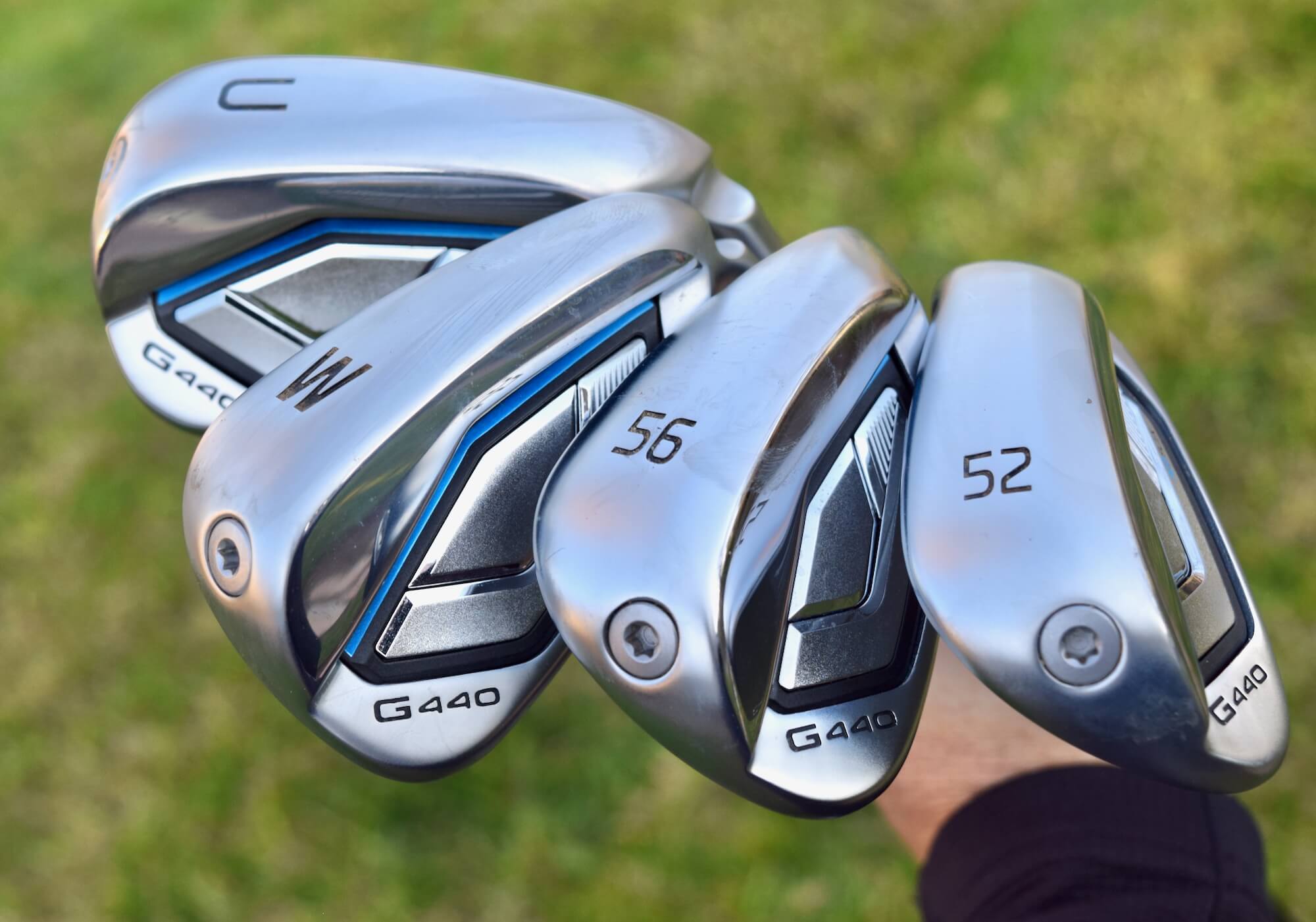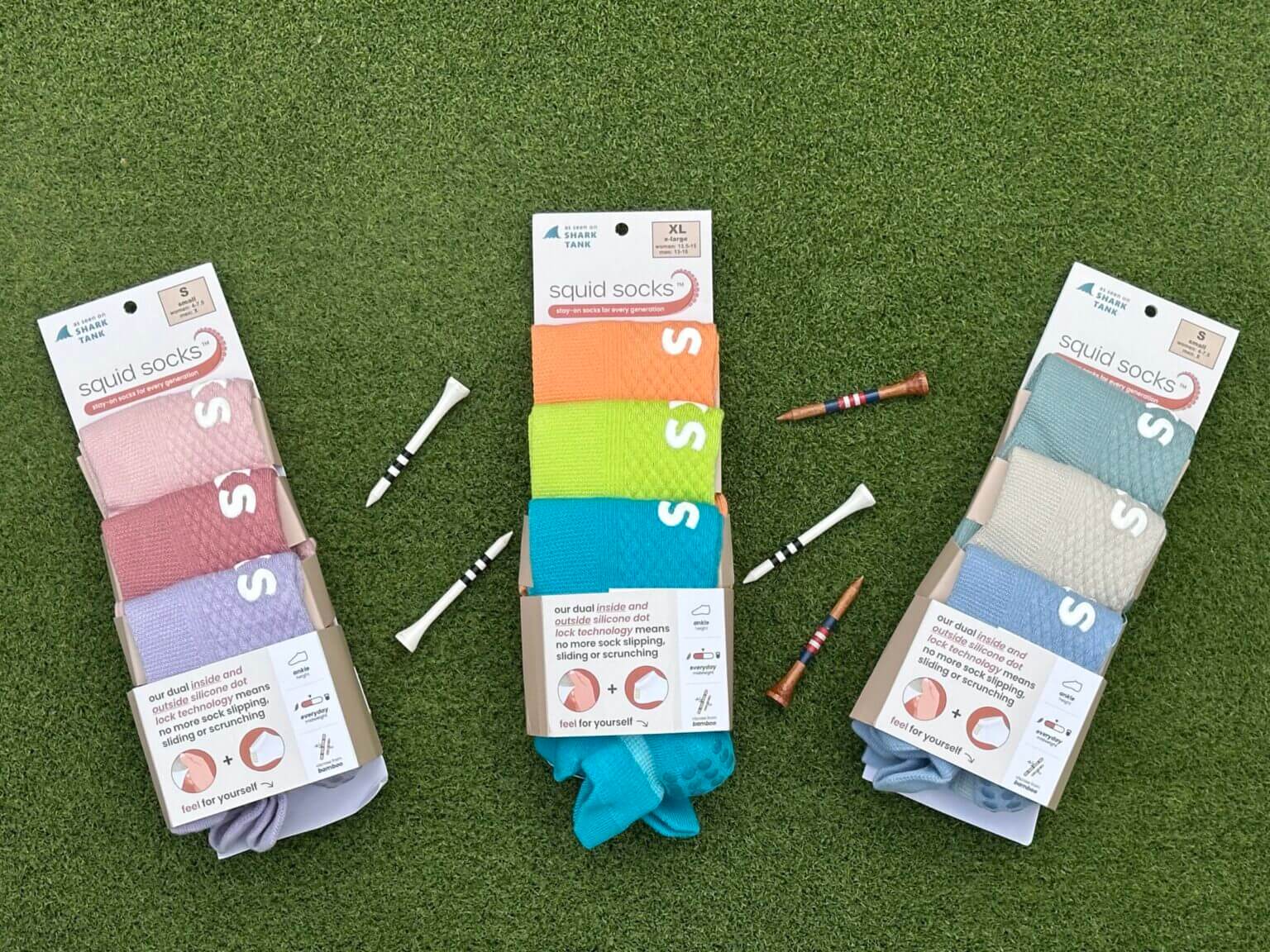I have a pretty easy time scoping out a great golfer. It’s not just the swing; it’s the little things they do before, during and after every shot that make them different. They’re intentional, adaptable, in control. These habits of the great players aren’t reserved for world-class players. With the right focus, you can start building them into your own game. Here are five habits that separate great golfers from the rest of us.
They control the clubface
At the moment of impact, nothing matters more than controlling the clubface. If the face is open, the ball is going right. If it’s closed, it will go left. Great players don’t need to overhaul their swing to shape shots; they rely on their awareness and feel of the clubface.
Great players can work the ball left or right by adjusting the face angle or the path. Sam Snead once said, “When I want a draw, I just think draw. When I want a fade, I just think fade.”
If you’re not practicing this, start now. On the range, set up to a ball and try to hit one that curves right. Then try to curve one left. What are you changing? Can you do it just by manipulating the face? This kind of intentional practice builds the awareness that makes shotmaking possible.
They don’t choose a club before they analyze a lie
You’ve got a 40-yard pitch shot into the green and you pull your sand wedge. Sound familiar?









